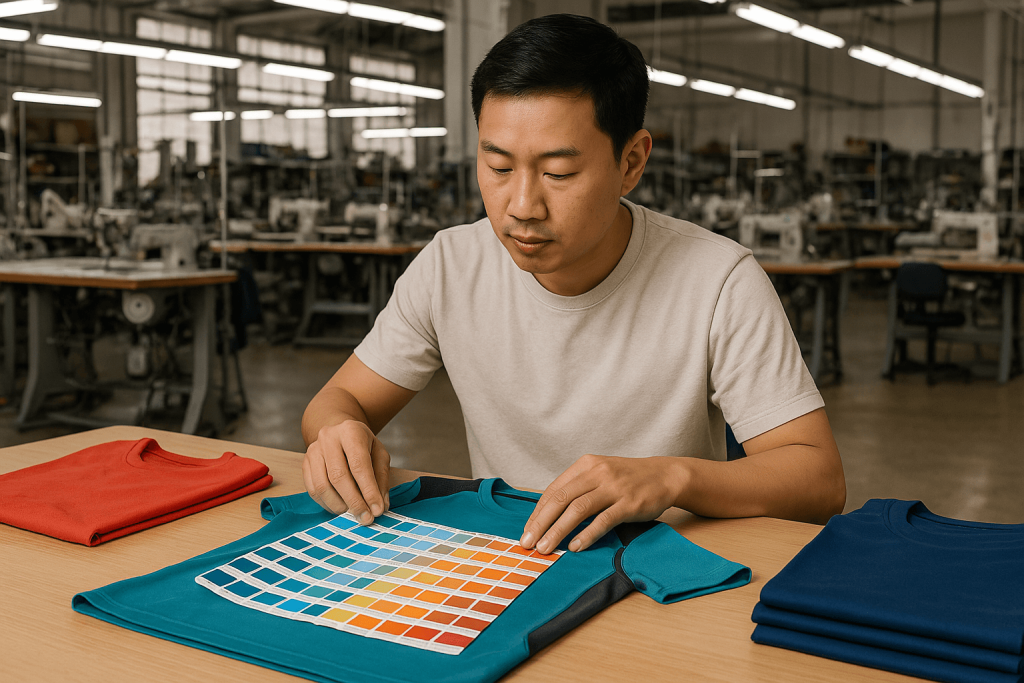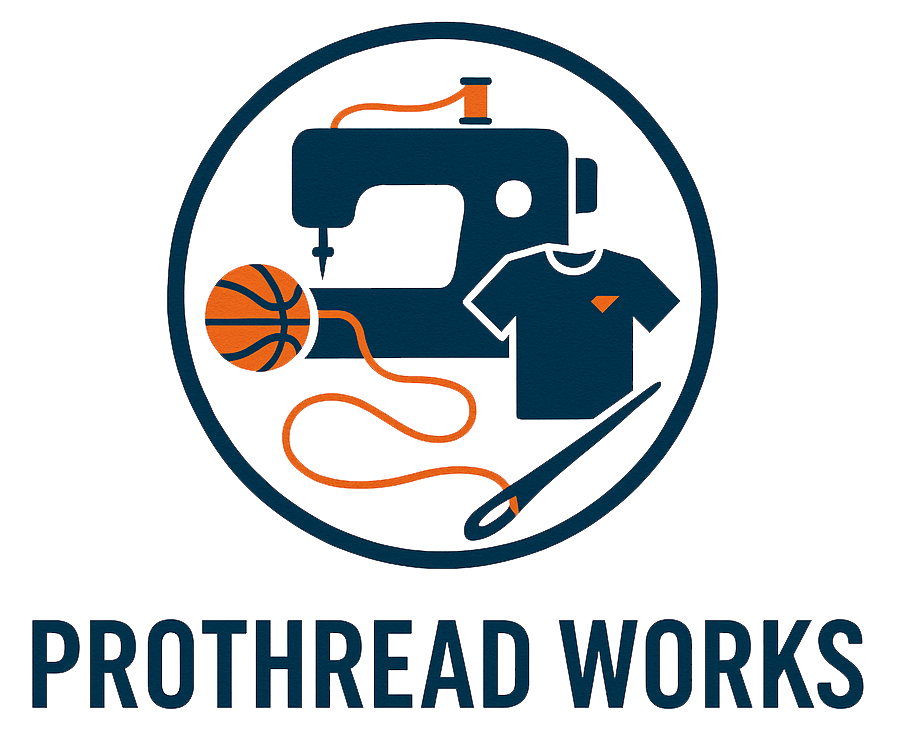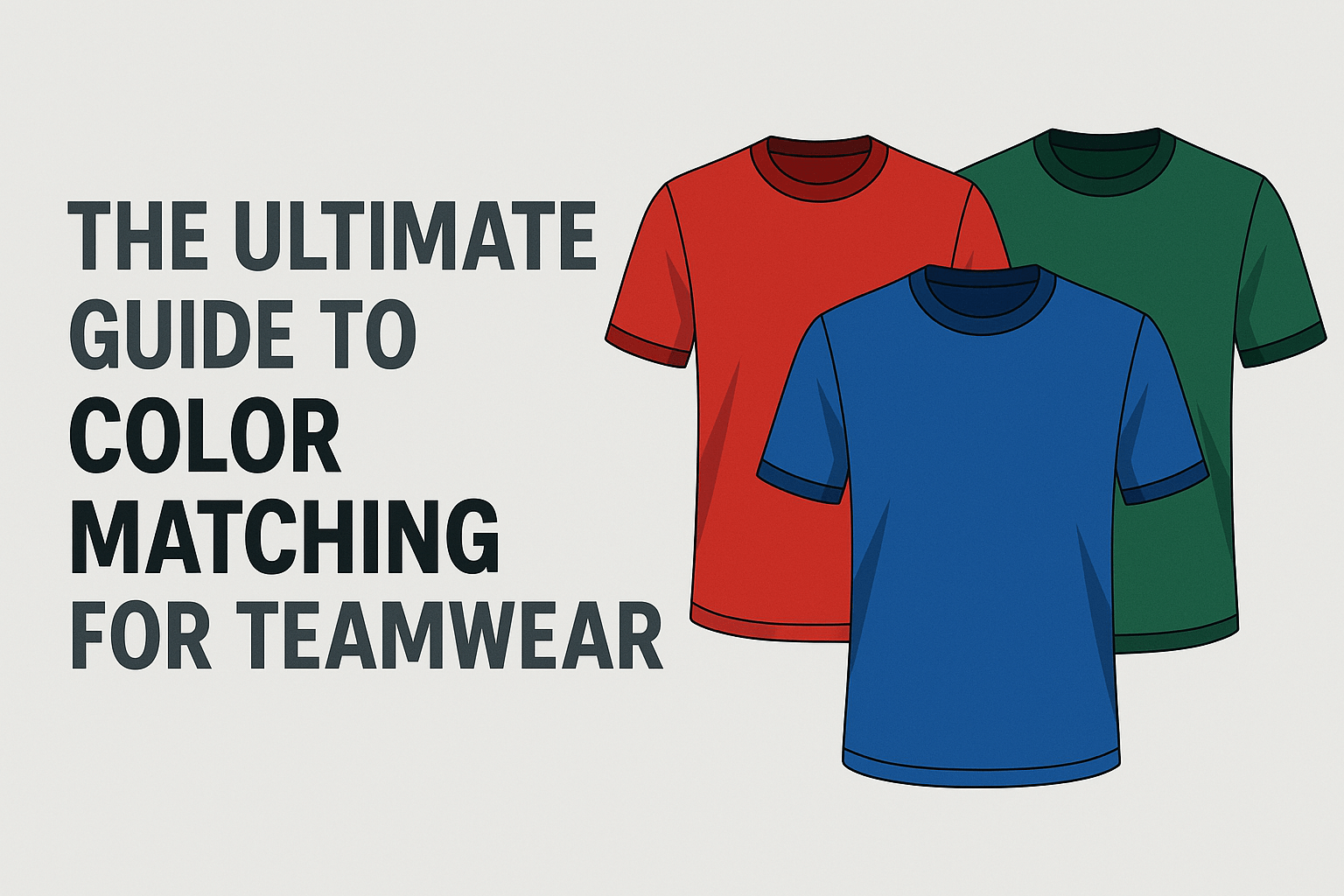Color is one of the first things people notice when they look at a product. In fact, studies show that consumers make judgments within 90 seconds of seeing an item, and up to 90% of that initial assessment comes down to color. Because team uniforms play a huge role in brand identity and overall presentation, color matching becomes critically important. This guide will walk you through the essentials of color matching for teamwear, helping you create vibrant, consistent, and memorable uniforms for any sports organization.
Color Matching 101: Understanding the Basics
When it comes to outfitting your sports team, color matching is more than just picking a shade that looks good. It’s about ensuring every jersey, pant, and accessory has the exact hue you intended—creating a cohesive and powerful presence on and off the field.
Why It Matters
Teamwear that remains consistent in color can help a brand or organization stand out from the competition. According to research, consistent brand colors can boost brand recognition by up to 80%. Imagine a team that changes uniform shades from one season to the next—fans might still support them, but the brand identity takes a hit. On the other hand, maintaining consistent colors not only strengthens team spirit but also projects a professional image to fans, sponsors, and media.
Color Psychology in Sports
There’s more to color than meets the eye. Different shades can influence people’s moods and perceptions. Red has been associated with boosting confidence and aggression in competitive settings, potentially impacting athletic performance. Blue, chosen by about 45% of professional sports teams in North America, is often linked to dependability and calmness—qualities that can also resonate with fans. Understanding these basic psychological triggers helps you make more informed decisions about your team colors and ensures your color matching efforts serve a strategic purpose.

Essential Tools and Techniques for Color Matching
Achieving great results with color matching doesn’t happen by accident. You need the right equipment, processes, and know-how to ensure every print run meets your exact standards. Below, we explore key methods and tools that can help you get there.
1. Color Matching Systems (CMS)
A tried-and-true way to achieve consistent results is by using standardized systems such as Pantone Matching System (PMS). Pantone’s standardized color swatches help designers, printers, and manufacturers stay aligned on the exact color needed. Likewise, Color Solutions International (CSI) and Datacolor offer comprehensive solutions to pinpoint and replicate hues accurately. Whether you prefer Pantone or another system, using a CMS adds clarity and precision that simple color references can’t match.
2. Hardware and Software Essentials
- Spectrophotometers: Tools like the X-Rite i1Pro measure color by analyzing how light reflects off a fabric. This helps you catch any variations and fix them before mass production.
- Design Software: Adobe Illustrator and Photoshop, paired with plugins like Pantone Connect, allow you to create and test digital color samples. This step is crucial for ensuring your designs look right before any material is printed.
- Color Formulation Software: Solutions like Datacolor MATCH Textile assist with precisely determining dye recipes and managing production to guarantee consistent results.
With these tools, the margin of error shrinks significantly. You can detect potential issues, make quick adjustments, and even predict how colors will appear under different lighting conditions.
How Color Matching Impacts Team Branding
The right palette does more than make a uniform pop—it can shape how the entire organization is viewed. Accurate color matching is at the heart of building trust, loyalty, and long-term brand growth.
Strengthening Identity
Your team’s colors are like a flag. When fans see those colors—whether online, in merchandise stores, or on the court—they immediately recognize the brand. Research shows that consistent brand color presentation increases customer loyalty by an average of 60%. This principle applies just as strongly in sports as it does in other industries: consistency builds familiarity, and familiarity fosters support.
Reducing Returns and Mismatched Expectations
With online sales skyrocketing in the sports apparel market—which is projected to reach $276 billion by 2028—many fans buy merchandise digitally. Inaccurate photos or color discrepancies can lead to disappointment upon delivery. BigCommerce reports that accurate color depiction online can reduce returns by about 40%. By emphasizing color matching, teams can maintain the integrity of their brand, avoid inventory hassles, and keep fans satisfied with their purchases.
Aligning with Sponsors and Partners
In many professional leagues, sponsors often feature their logos on player jerseys. Ensuring the sponsor’s brand colors match perfectly on the uniform is critical for brand cohesion. Nothing undermines a sponsorship more than a patch or print that looks “off.” By prioritizing color matching, both the team and its partners benefit from a polished appearance that reflects positively on everyone involved.

Maintaining Consistency with Color Matching Standards
Whether you’re printing thousands of uniforms or just a limited run for a local league, adhering to industry standards can be a game-changer for consistent color matching. Below is a quick overview of practices and guidelines that can help you keep your hues true, season after season.
Understand Color Testing and Fastness
- Wash and Wear Testing: Sports uniforms see a lot of action—sweat, washing machines, and direct sunlight. Ensure your chosen dyes pass colorfastness tests. The American Association of Textile Chemists and Colorists (AATCC) offers guidelines to test how colors hold up over repeated washing and exposure to UV light.
- Sweat Resistance Tests: Perspiration can sometimes alter fabric colors. Testing for sweat resistance keeps your uniforms looking sharp no matter how intense the game gets.
Adopt Industry-Recognized Processes
- Sublimation Printing: Dye-sublimation is particularly popular for polyester-based apparel. It ensures colors bond deeply with fabric fibers, providing vibrant results and reducing the chances of fading or peeling. This technique has been growing 10–15% annually in the custom sportswear segment, thanks to its high-quality output.
- Eco-Friendly Dye Options: As sustainability becomes more important—67% of consumers cite eco-friendly dye usage as an influence on their purchasing decisions—exploring non-toxic or low-impact dyes can improve your brand’s reputation and minimize environmental harm.
Use a Consistent Monitoring System
- Regular Calibration: Tools like spectrophotometers or printers used in sublimation processes need routine calibration. For large-scale operations, calibrating once a week or monthly is essential to sustain consistent color matching results.
- Quality Control Checkpoints: Implement a checklist at each phase of production: from design approval to final print. Even small oversights at the beginning can become large-scale color mismatches later.
Conclusion
In the fast-paced world of sports, a team’s color scheme can be as integral to success as practice and strategy. Proper color matching is the backbone that ensures fans recognize their favorite team at a glance and players feel united on the field. Whether you’re just starting a niche athletic brand or managing uniform orders for a professional league, a thorough understanding of color matching keeps your designs consistent, impactful, and true to your brand vision.
Remember, color matching is not just about picking a hue that looks good on your computer screen. It involves research, standards, and the right tools to transform digital designs into real-world gear. From following guidelines set by Pantone or Color Solutions International, to testing your fabrics for wash and sweat durability, every step in the process adds up to a final product that resonates with athletes, fans, and sponsors alike. By investing in precise color matching practices now, you position your team or brand to shine in a competitive market—and leave a lasting impression for seasons to come.

